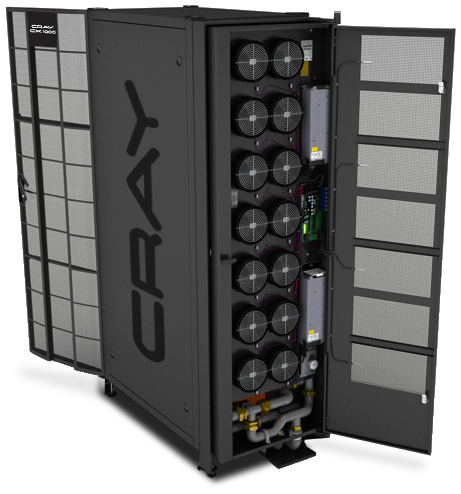Supercomputers: America's Cray in the Dark
Since Midphase is in the business of offering cheap web hosting, we follow technology trends in data centers and web servers carefully. This also includes breakthroughs in Supercomputers, which form the spear tip of America’s struggle to remain the leading IT innovator on the planet.
Generally, what’s good for supercomputers is good for you, since this technology drives further innovation in the web server market that drives down cost and offers faster speeds over the long term.
In the middle part of November 2011, our Midphase radar picked up news that Big Blue had bowed out of construction of a $188 million super computer project, called Blue Water.
Bluewater was an audacious attempt to build the world’s fastest computer that would operate at a beyond a petaflop, equaling one thousand trillion computer operations a second.
We sayWAS? because since that goal was announced in 2007, Japan had stolen the limelight away from the IBM and the United States by building the K Computer that is even faster, if you can believe that!
Yet, completing this project is paramount and will indicate how much fight the US of A has left in the battle for computer supremacy.
IBM, a world leader in giant mainframe computing, cited technical and cost concerns that left it vulnerable to failure. It thus reported to the National Science Foundation (NSF), project sponsor, that it was departing the University of Illinois Campus, which had been the technical site for the project.
And, the company that stepped in to take over the reigns is Cray Computers Inc, which will boost the luster of the project by also incorporating graphics processing units (GPUs), which they hope willfuture-proof? the Supercomputer in the visual age we live in.
?More than 25 teams, from a dozen research fields, are preparing to achieve breakthroughs by using Blue Waters to model a broad range of phenomena, including: nanotechnology’s minute molecular assemblies, the evolution of the universe since the Big Bang, the damage caused by earthquakes and the formation of tornadoes, the mechanism by which viruses enter cells, and improved climate change predictions,? said a Cray Press Release.
They will be the using the Linux Operating system on 16-core AMD and Opteron 6200 series processors, whichHPCwire cites as one of the top five new technologies in 2011,? according to Cray.

Cray CX1000 Supercomputer: Source: Cray Image Library
Everyone attached to the project is hoping to have this multi-million racehorse up and running by the end of 2012.
Meanwhile, The New York Times reports that the latest ranking of the top 500 computers is based on how the world’s super machines can data crunch 8.2 quadrillion calculations per second, or in more technical terms, 8.2 petaflops.
Japan’s K Computer came out tops, equaling the strength of about 1 million desktop computers.
Fujitsu built this Asian beast at the Riken Advanced Institute for Computational Science in Kobe, Japan.
American computer scientists thus face a hard-fought battle to keep up with the Asian Tigers. The Blue Water project is an important part of this strategy, which will have long-term affects on small businesses as the technology trickles downstream and spurs innovation.
We would be interested to hear your comments on the Blue Water project and America’s attempt to reclaim its place at the top of the Supercomputer heap!
